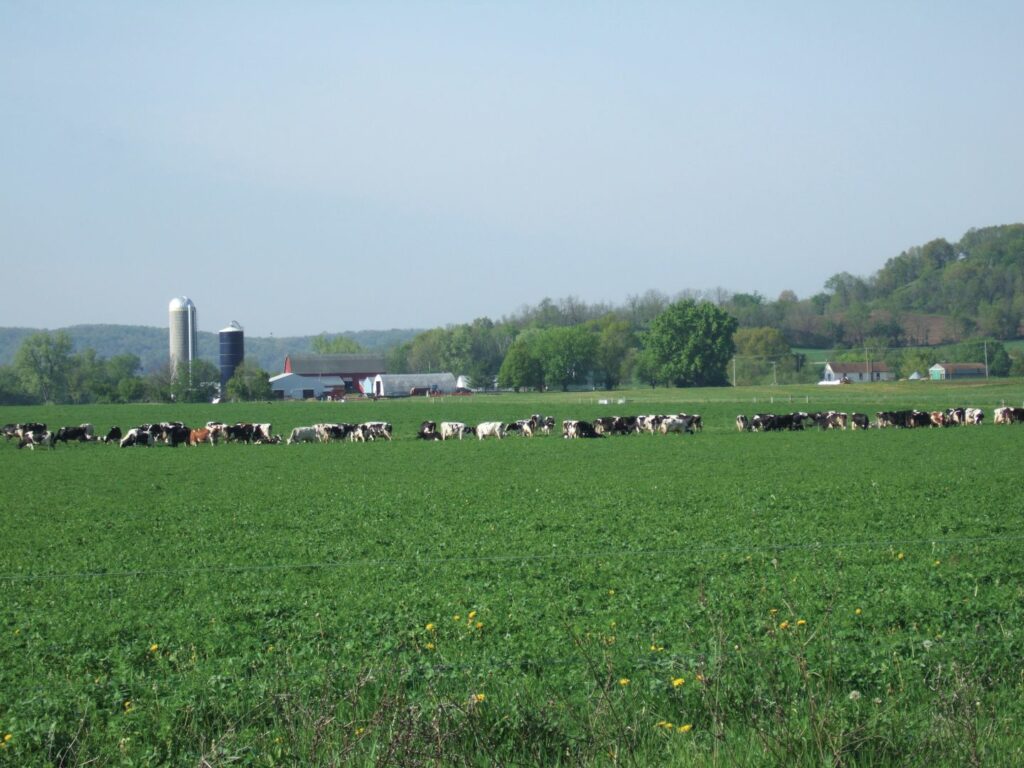Dear Farmer/Agribusiness person,
I think spring is finally getting close—I saw a robin today. They return as normal, despite our cold, late spring. Considering the weather we’ve had the last couple of years, I’m not sure what ‘normal’ is anymore. This winter seemed normal, at least, more like what I remember of winter as a kid here in Wisconsin. Then again, we remember best those cold, hard times. We also didn’t have the nice warm, water proof winter boots and clothing we have today.
I have just returned from giving seminars in Australia; they don’t know what ‘normal’ is, either. I was in an area where they are supposed to get rain but it sure was dry. It definitely is hard farming there. Input prices are high, the land is old, worn out and needs help. Liming would go a long way on most acres; more phosphorous and traces wouldn’t hurt either. Except for the liming, it doesn’t sound a lot different than what’s needed in many parts of the world. One thing does seem obvious, the Australians who are dairying, biological farming, doing the minerals, growing the cover crops, the ones that are working hard to achieve soil health and fertility have more resilience. It’s amazing, though, that with all the grazing they do, few rotate pastures. Burning stubble and leaving land lay fallow (bare) for a year is also still done.
Changes are being made, however. My classes were well attended and not by just the smaller or ‘life style quality’ farmers. Many mid-sized to large farmers are also getting in the game– they not only have problems to solve but they feel that something is missing. Very seldom do I meet farmers or visit an area where everything is working perfectly. We all have limiting factors!
Now that the grain prices have been high, you would hope that many of those ‘style farmers’ would have fixed many of the soil health/fertility issues that needed fixing: soil correctives and implementing a system which may have required the investment of dollars. What also always seems obvious is that once you invest to go to the next level, you know how to stay there and don’t go back. You make the system reproductive (repeat it yearly). As an example, going from producing five tons of quality dairy forage to eight tons/acre is doable. It takes great genetics, a perfect stand, and a high quality diet of Bio-Cal®, balanced fertility and crop nutrients. Doing what needs to be done to move from five to eight tons of production is an investment with an outstanding return. Farmers who get there, stay there—it’s achievable. And now that milk prices are good, “do it!” Our MBA consultants can help.
Some farmers go to the next level with corn, too; then staying there is easier. You can also ‘weather out the bad weather’ so to speak. I know we, at Otter Creek Organic Farm are not out shopping for more high priced land to buy, but we are instead taking our land to the next level—that was one of my topics at the winter seminars. The other was to continue getting what we presently get—the five tons of forage and the 150 bushel corn as an example. We don’t need all the expensive inputs, the biotechnology, the pesticides, the nitrogen—all can be eliminated or reduced by changing rotations, growing the cover crops, getting the soils balanced, using a balanced fertilizer. You can be a low input sustainable farm. It’s your choice, the same as with dairy. You don’t need to be the highest producing herd in the county to be profitable.
But, whichever kind of farm you are, high quality mineralized forages are a must. We know how to do it; forages should ideally be 75% of the cows’ diet. We know what quality dry cow and calf raising programs look like. It’s not that hard—the knowledge is available and so are the prices of milk. You can put the BioAg system in place—call one of our consultants to learn how.I didn’t speak at as many meetings this past winter, as there are so many other things going on. I certainly do enjoy getting out to see you and update you on my world– the biological view of agriculture. Thanks so much for attending my meetings, and the other meetings MBA sponsored. We keep growing and so does biological farming; it’s great to see and be a part of that growth. Ten years ago I would have never dreamt that this farming system would go so mainstream. I always thought it would be a specialized farming system for the few who took it on. It’s very much a dream come true for me. Thank you all for being a part of it and supporting Midwestern BioAg.
Have a great growing year.
All the best,
Gary F. Zimmer

